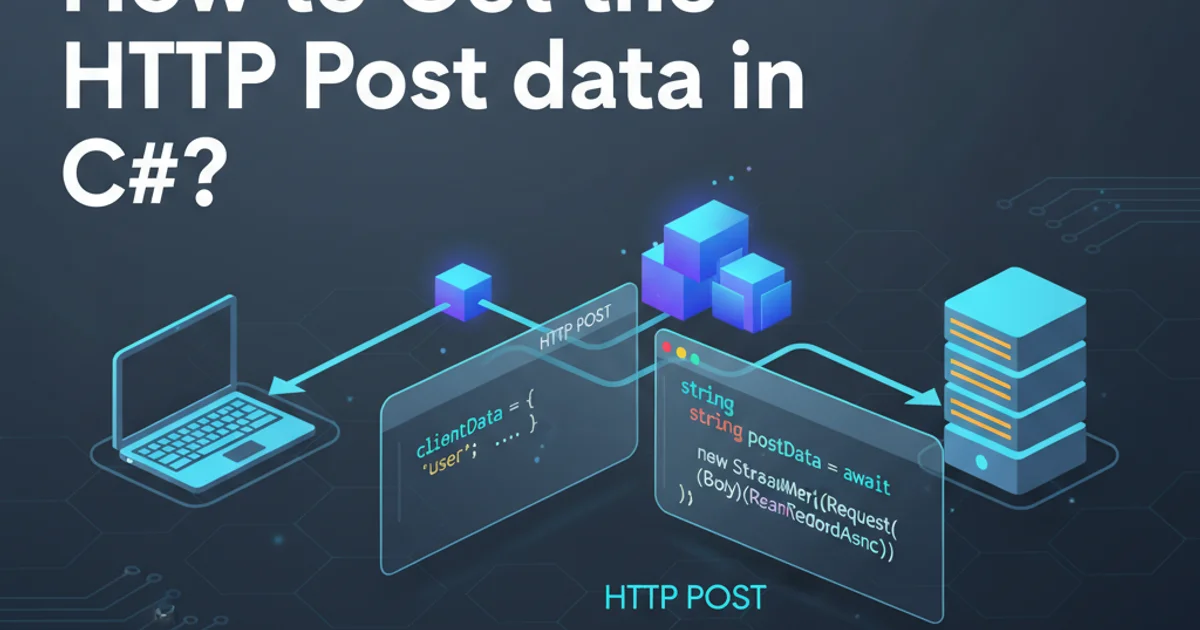Subst drive & folder
Categories:
Mastering SUBST: Drive and Folder Management in Windows

Learn how to use the SUBST command in Windows to create virtual drives that map to local folders, simplifying path management and improving workflow efficiency.
The SUBST command in Windows is a powerful, yet often underutilized, utility that allows you to associate a path with a drive letter. Essentially, it lets you create a virtual drive that points directly to a specific folder on your local file system. This can be incredibly useful for simplifying long or complex file paths, making it easier to access frequently used directories, or for compatibility with older applications that expect data on a specific drive letter.
What is SUBST and Why Use It?
The SUBST command (short for 'substitute') creates a virtual drive by mapping a local directory to an unused drive letter. This virtual drive behaves much like a physical drive, allowing you to navigate to the mapped folder using the assigned drive letter. For example, instead of typing C:\Users\YourName\Documents\Projects\MyProject\Source, you could map this to X: and simply type X:\Source.
Key benefits of using SUBST include:
- Shorter Paths: Drastically reduces the length of paths you need to type or remember.
- Application Compatibility: Some legacy applications might expect files to reside on a specific drive letter (e.g.,
A:orB:).SUBSTcan provide this compatibility. - Simplified Navigation: Easier to access deeply nested folders from the command line or file explorer.
- Improved Scripting: Makes scripts more readable and less prone to errors due to long paths.
flowchart TD
A["User needs to access a deep folder path"] --> B{"Is path long or complex?"}
B -->|Yes| C["Consider `SUBST` command"]
C --> D["Choose an unused drive letter (e.g., Z:)"]
D --> E["Map folder to drive letter using `SUBST`"]
E --> F["Access folder via virtual drive (e.g., Z:\)"]
B -->|No| G["Access folder directly"]
F --> H["Simplified access & improved workflow"]
G --> HWorkflow for deciding and using the SUBST command
Basic SUBST Commands
Using SUBST is straightforward. You can create a new virtual drive, view existing substitutions, or delete a mapping. All commands are executed from the Command Prompt (CMD) or PowerShell.
SUBST [drive1: [drive2:]path]
SUBST drive1: /D
SUBST
Syntax for the SUBST command
X:, Y:, or Z:.Practical Examples
Let's look at some common scenarios where SUBST can be applied.
1. Creating a Virtual Drive
To map a folder to a new drive letter, open Command Prompt as an administrator and use the following syntax. Replace Z: with your desired drive letter and C:\MyProjects\Development\Current with your target folder path.
2. Verifying the Mapping
After creating the mapping, you can verify it by simply typing SUBST without any arguments. This will list all active substitutions.
3. Accessing the Virtual Drive
Once mapped, you can navigate to Z: in File Explorer or the command line just like any other drive. All files and folders within C:\MyProjects\Development\Current will now be accessible via Z:.
4. Deleting a Virtual Drive
To remove a virtual drive mapping, use the /D switch followed by the drive letter. This does not delete the original folder or its contents.
SUBST Z: "C:\MyProjects\Development\Current"
SUBST
Z:
DIR
SUBST Z: /D
Examples of creating, listing, and deleting SUBST mappings
SUBST are temporary and will be lost upon system reboot. To make them persistent, you need to add the SUBST command to your startup script or a batch file that runs on login.